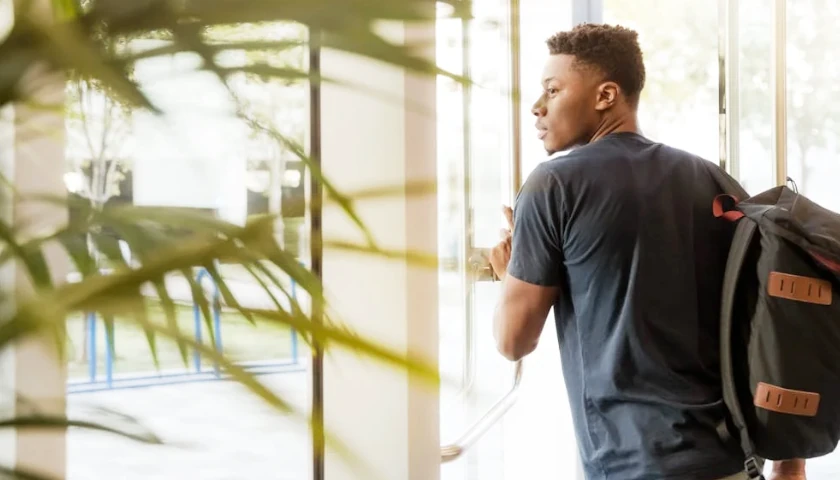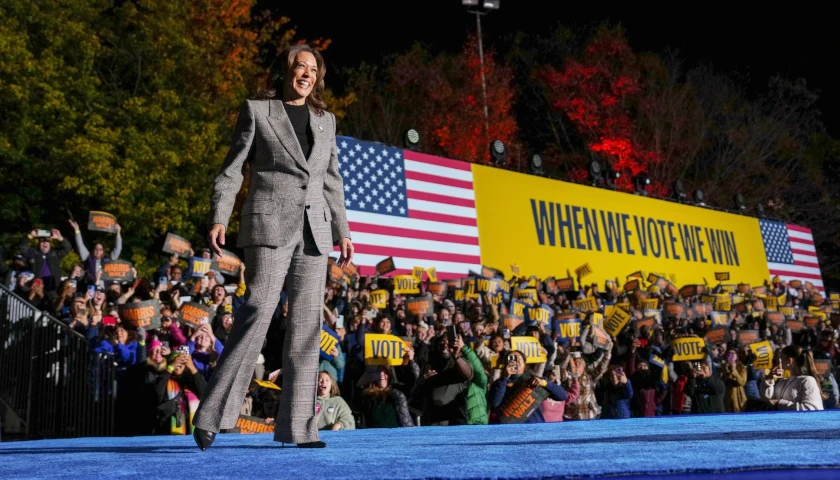by Emily Fowler
The gender gap in higher education is growing – and it may be due to universities’ preferential admission and financial aid policies.
Men earn 42 percent of bachelor’s degrees, 38 percent of master’s, and 44 percent of doctorates, according to the American Institute for Boys and Men.
The group provided several reasons for this gap when asked by The College Fix.
“A pertinent data point is that a lower percentage of men attending college get aid – for example in the 2019-2020 school year, 67% of male undergraduates and 74% of female undergraduates received any aid,” a spokesperson told The Fix via email.
Many universities offer scholarships specifically for women, but do not offer similar support for men.
A 2019 study of 200 colleges by SAVE Services found “57% of institutions offer scholarships that facially violate provisions of Title IX that ban sex-based discrimination.”
There are numerous current examples as well.
The Velma E. Stuit Scholarship, offered at The University of Iowa, awards up to $2,500 to full-time female undergraduate students enrolled in the College of Liberal Arts and Sciences.
The university also offers the Myrtle K. Maier Scholarship which is available to juniors majoring in physics but “with preference to a female student.” The University of Iowa does not offer any scholarships exclusively for men.
Massachusetts Institute of Technology offers several scholarships exclusively for women. The Laya Wiesner Award is an annual scholarship available to any undergraduate female student. MIT’s Women’s League Scholarships are also available to female students and are funded through the university’s endowment.
MIT offers no scholarships specifically for male students.
The University Women’s Organization Scholarship program at Yale offers several scholarships to female students who are affiliated with the university through their immediate family and whose studies have been postponed due to children or other concerns. Yale does not offer any awards exclusively for men.
According to AIBM, the reality that many universities are moving away from using standardized test scores as a requirement could be another factor contributing to the gender gap in higher ed.
“Girls have higher GPAs, take more AP courses, do more extracurriculars etc,” the group told The Fix. “One under-investigated idea is as schools have moved away from using test scores in admission, men – who perform relatively well on tests compared to grades and non-cognitive factors – are finding admission increasingly difficult.”
“While female students outperform male students in English and social sciences, male students have higher achievement levels in math and science,” a 2014 research brief from the ACT concluded.
The slight overall score advantage male test takers have is also seen in data from 1995 to 2010 compiled by the National Center for Education Statistics.
The Fix reached out to the American Association of University Women, an organization which urges others to “join in the fight for gender equity.”
The Fix asked if there is a possible correlation between declining male enrollment and the lack of support men receive to attend college. The Fix also asked what colleges and universities should do to minimize the gender gap.
Senior Director of Communications and Marketing Kendall Ridley said the group is “unable to participate, as these questions are well outside of our area of expertise of education/equity for women and girls.”
Mark Perry, professor emeritus of economics at the University of Michigan Flint, told The Fix there might be a link between disproportionate financial aid and programming aimed at women and the ongoing gender gap. Perry, an economist affiliated with the American Enterprise Institute, has also found that males typically outperform female students in math, according to a 2016 review of 50 years of data.
Throughout the last six years Professor Perry has filed more than 900 federal civil rights complaints for more than 2,000 violations of Title VI (race discrimination) and Title IX (sex discrimination). A large majority of the 2,000 violations are single-sex, female-only scholarships, fellowships, awards, grants, internships, and campus programs.
“There are definitely disproportionate preferences and favoritism for college women, both illegal and legal.” Perry said. “This could definitely contribute to the growing disproportionate representation of women in college vs. men.”
“There are no equivalent male-only scholarships,” Perry said.
He said “it’s likely that male college students become discouraged and disillusioned and either drop out of college or don’t attend in the first place.”
Even if universities started to provide the same resources to men as they did for women, it would still be several generations before higher education saw equal representation of both sexes, he said.
– – –
College Fix Contributor Emily Fowler is a student at The Master’s University, where she studies music. She previously received an associate’s degree in arts and sciences at Wabash Valley College. She also writes for Campus Reform, where she is a senior correspondent.





